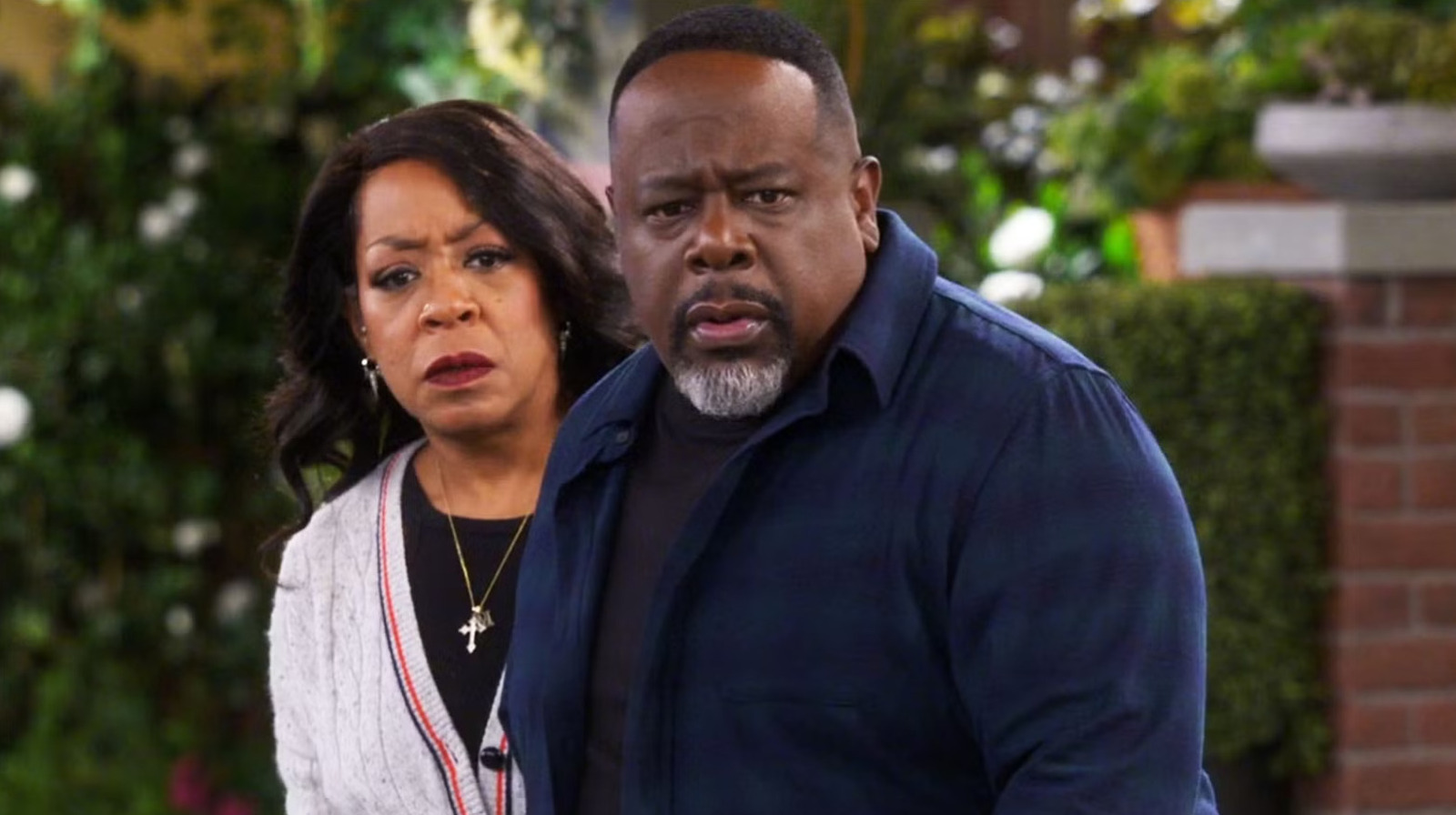Rapid Read • 7 min read
Self-seeding flowers offer a low-maintenance solution for gardeners seeking vibrant blooms year after year. These plants naturally drop seeds to regrow, providing continuous beauty without the need for annual replanting. The article highlights 20 self-seeding flowers, including columbine, poppies, and forget-me-nots, each with unique benefits and care tips. Gardeners are advised to check for invasiveness before planting and to consider local conditions for optimal growth.
Self-seeding flowers are significant for gardeners looking to reduce maintenance while enhancing garden aesthetics. They attract pollinators, support biodiversity, and offer a sustainable approach to gardening. By choosing self-seeding varieties, gardeners can enjoy a colorful, thriving garden with minimal effort, contributing to environmental conservation and personal enjoyment. This approach aligns with growing trends in sustainable gardening practices.
AD
Gardeners may explore additional self-seeding varieties suited to their local climate and soil conditions. As interest in sustainable gardening grows, more resources and community initiatives may emerge to support gardeners in selecting and cultivating self-seeding plants. This could lead to increased biodiversity in urban and suburban areas, promoting ecological balance and resilience.
The use of self-seeding flowers reflects broader trends in sustainable living and environmental awareness. It encourages gardeners to consider the ecological impact of their choices, fostering a connection with nature and promoting conservation efforts. This approach can inspire community engagement and education around sustainable practices, contributing to a greener future.
AD
More Stories You Might Enjoy













